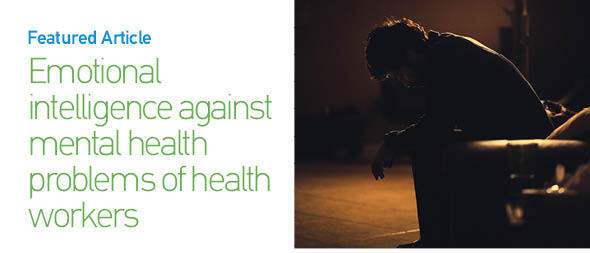
The statistics are astonishing. In 2024, Americans recorded 139.8 million visits to emergency departments, translating to 42.7 visits for every 100 individuals, with behavioral health challenges igniting an unprecedented increase. Beneath these figures lies a stark truth: depression, a principal factor in ill health and disability globally, is inundating our emergency rooms with cases they were never equipped to manage. This deluge of mental health emergencies fuels a damaging cycle. An uptick in behavioral health presentations results in prolonged wait times, overstretched staff, and physicians exceeding their limits. Emergency doctors are now dedicating more hours to managing psychiatric emergencies without sufficient resources or support, leading to fatigue, burnout, and moral distress. The relentless duty of stabilizing crisis after crisis, while recognizing you’re merely applying temporary fixes to wounds that require more substantial treatment, inevitably takes its toll.
However, there exists another, subtler cycle rarely addressed, the one where doctors themselves become patients in a mental health system acknowledged to be failing. With 300-400 physicians taking their own lives yearly in the U.S., and female doctors facing suicide rates 250-400 percent higher than their counterparts in other fields, we are observing the disastrous convergence of two crises: a collapsing mental health system and a physician workforce pushed to its limits.
The irony is heart-wrenching. Physicians manage the depression that leads to disability in their patients; they also address the disabilities and chronic health issues stemming from depression and other mental conditions while overlooking the signs of their own fatigue and depression, driven by empathy and the resilience ingrained in their training. As this situation continues, the emergency room has morphed into a central revolving door for mental health crises, burdening those who labor there.
The parallel pandemics
The data present a grim scenario. Yet these numbers do not stand alone. They illustrate a healthcare system where mental health is treated as a crisis response rather than focusing on preventive care. Observing patients relapse into the emergency room during a mental health crisis reflects systemic failure. When physicians, despite having the advantage of medical knowledge and access, still take their own lives at rates two to three times higher than the general populace, we witness that same systemic failure amplified.
The contributing factors are interlinked: burnout from a ceaseless influx of crises, moral injury arising from working in a system valuing throughput over therapeutic connection, and the immense pressure of acknowledging that both our patients and physicians deserve more.
The cost of the cycle
Examine what transpires during a standard emergency room mental health interaction. A patient arrives in distress, enduring hours of wait time in an atmosphere designed for medical, not emotional, crises. Physicians address immediate safety issues, possibly modify medications, and discharge the patient with a referral to outpatient services that may have lengthy wait times. The patient often returns weeks later in a worse state. Each cycle amplifies feelings of despair, for both the patient and the physician. When ailments like depression plague physicians, the repercussions multiply, affecting patient care, increasing medical mistakes, and reinforcing a cycle of inadequate mental health treatment. Although they may identify their own depression or anxiety, they encounter unique profession-specific barriers: fear of repercussions on their license, worries about peer judgment, and the deeply rooted belief among high achievers that seeking assistance indicates weakness. Consequently, they defer help until a crisis emerges, exacerbating that alarming completion-to-attempt ratio that renders physician suicide particularly deadly.
Breaking free: a systems approach
The answer lies in comprehensive system reform that tackles both societal and physician mental health at once. We must shift mental healthcare from a crisis-response model to a preventive, ongoing care framework.
- First: We need to develop genuine alternatives to emergency room mental health services.